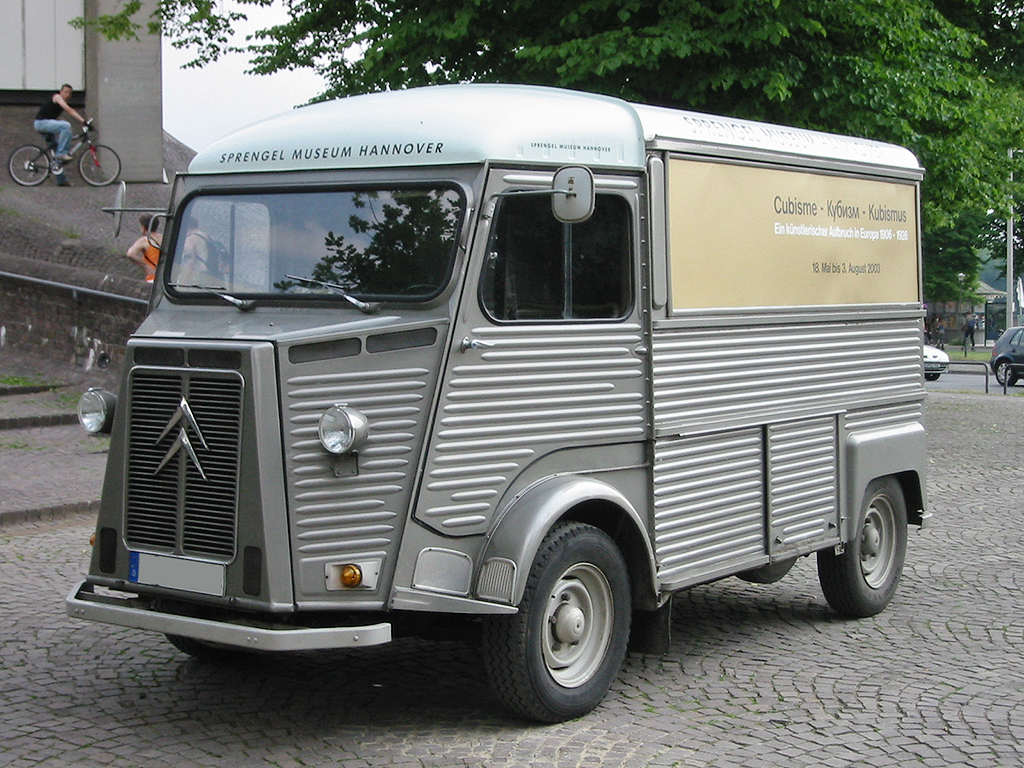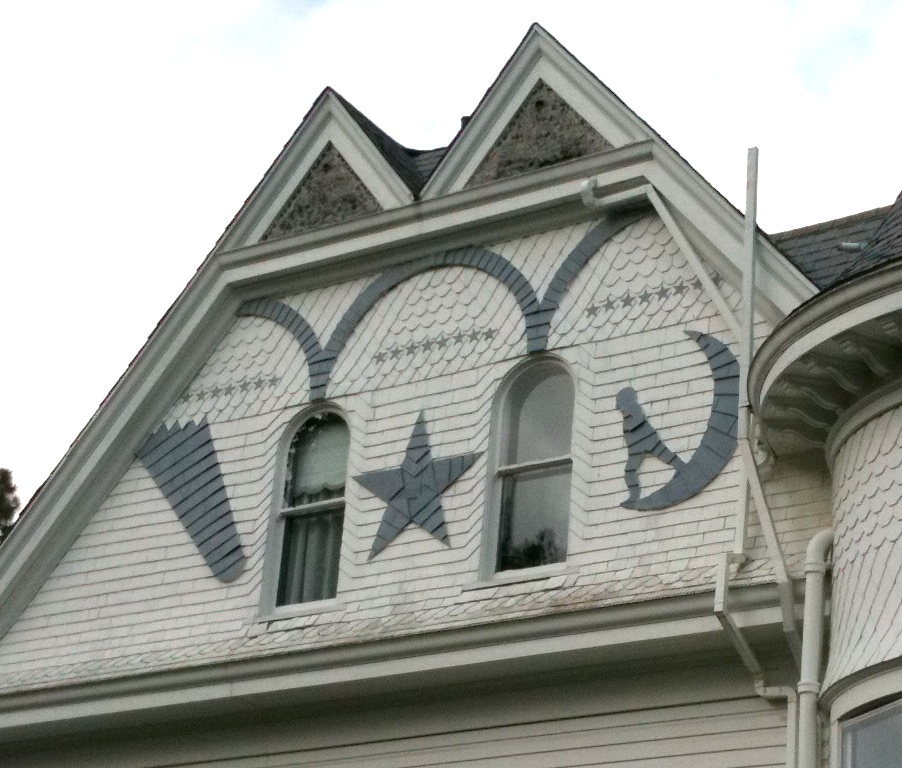|
Repin House
The Repin House is a historical monument in the Russian city of Tolyatti. It commemorates of a brief stay there by the great Russian painter Ilya Repin in 1870. Repin's stay In the summer of 1870 the young artist Ilya Repin, then 25 and early in what would become a renowned career, came to the Volga to gather inspiration for paintings of the lives of the river boatmen and burlaks. This sojourn resulted in his painting of the iconic ''Barge Haulers on the Volga'' and other work. With Repin came twenty-year-old landscapist Fyodor Vasilyev, Repin's academy classmate Yevgeny Makarov, and Repin's younger brother Basil. The petite bourgeoisie woman Anna Akhmatova Buyanova (nicknamed "Battle-Axe") operated a coaching inn at a house on Posad Street (latter Cooperative 117) in Stavropol-on-Volga (the name of Tolyatti at that time). Repin and his companions lived there for two weeks. Repin and his companions then moved further down the Volga to stay in what is now the Repin Museum. ... [...More Info...] [...Related Items...] OR: [Wikipedia] [Google] [Baidu] |
Repin House 20210315 104249
Repin (russian: Ре́пин; masculine) or Repina (; feminine) is a Russian last name. It is derived from the sobriquet ''"репа"'' ("turnip") and may refer to the following people: *Ilya Repin (1844–1930), Ukrainian and Russian painter * Nikolay Repin (b. 1932), Soviet painter *Vadim Repin (b. 1971), Russian violinist Archaeology *The Repin culture, the first phase (or, depending on the author, the forerunner) of the Pit Grave/Ochre Grave/Yamnaya culture. Other uses *Řepín, a village and municipality of the Czech Republic. *2468 Repin, a Main-belt Asteroid named after Ilya Repin. See also *Repino Repino (russian: Репино) is the name of several types of inhabited localities in Russia, inhabited localities in Russia. Modern localities ;Urban localities *Repino, Saint Petersburg, a municipal settlement in Kurortny District of the federal ..., several inhabited localities in Russia {{Disambiguation, surname Russian-language surnames ... [...More Info...] [...Related Items...] OR: [Wikipedia] [Google] [Baidu] |
Kuybyshev Reservoir
Kuybyshev Reservoir or Kuybyshevskoye Reservoir (russian: Ку́йбышевское водохрани́лище, Kuybyshevskoye Vodokhranilishche), sometimes called Samara Reservoir and informally called Kuybyshev Sea, is a reservoir of the middle Volga and lower Kama in Chuvashia, Mari El Republic, Republic of Tatarstan, Samara Oblast and Ulyanovsk Oblast, Russia. The Kuybyshev Reservoir has a surface area of 6,450 km² and a volume of 58 billion cubic meters. It is the largest reservoir in Europe and third in the world by surface area. The major cities of Kazan, Ulyanovsk, and Tolyatti are adjacent to the reservoir. The reservoir was created by the dam of Zhiguli Hydroelectric Station (formerly, V.I. Lenin Volga Hydroelectric Station), located between the cities of Zhigulevsk and Tolyatti in Samara Oblast. It was filled in 1955–1957. With the filling of the reservoir in the 1950s, some villages and towns were submerged by the rising water and were ... [...More Info...] [...Related Items...] OR: [Wikipedia] [Google] [Baidu] |
Ethnographic
Ethnography (from Greek ''ethnos'' "folk, people, nation" and ''grapho'' "I write") is a branch of anthropology and the systematic study of individual cultures. Ethnography explores cultural phenomena from the point of view of the subject of the study. Ethnography is also a type of social research that involves examining the behavior of the participants in a given social situation and understanding the group members' own interpretation of such behavior. Ethnography in simple terms is a type of qualitative research where a person puts themselves in a specific community or organization in attempt to learn about their cultures from a first person point-of-view. As a form of inquiry, ethnography relies heavily on participant observation—on the researcher participating in the setting or with the people being studied, at least in some marginal role, and seeking to document, in detail, patterns of social interaction and the perspectives of participants, and to understand these ... [...More Info...] [...Related Items...] OR: [Wikipedia] [Google] [Baidu] |
Repin Museum
Repin (russian: Ре́пин; masculine) or Repina (; feminine) is a Russian last name. It is derived from the sobriquet ''"репа"'' ("turnip") and may refer to the following people: *Ilya Repin (1844–1930), Ukrainian and Russian painter * Nikolay Repin (b. 1932), Soviet painter *Vadim Repin (b. 1971), Russian violinist Archaeology *The Repin culture, the first phase (or, depending on the author, the forerunner) of the Pit Grave/Ochre Grave/Yamnaya culture. Other uses *Řepín, a village and municipality of the Czech Republic. *2468 Repin, a Main-belt Asteroid named after Ilya Repin. See also *Repino Repino (russian: Репино) is the name of several types of inhabited localities in Russia, inhabited localities in Russia. Modern localities ;Urban localities *Repino, Saint Petersburg, a municipal settlement in Kurortny District of the federal ..., several inhabited localities in Russia {{Disambiguation, surname Russian-language surnames ... [...More Info...] [...Related Items...] OR: [Wikipedia] [Google] [Baidu] |
The Museum Of Ilya Repin In Shiryaevo
''The'' () is a grammatical article in English, denoting persons or things that are already or about to be mentioned, under discussion, implied or otherwise presumed familiar to listeners, readers, or speakers. It is the definite article in English. ''The'' is the most frequently used word in the English language; studies and analyses of texts have found it to account for seven percent of all printed English-language words. It is derived from gendered articles in Old English which combined in Middle English and now has a single form used with nouns of any gender. The word can be used with both singular and plural nouns, and with a noun that starts with any letter. This is different from many other languages, which have different forms of the definite article for different genders or numbers. Pronunciation In most dialects, "the" is pronounced as (with the voiced dental fricative followed by a schwa) when followed by a consonant sound, and as (homophone of the archaic pro ... [...More Info...] [...Related Items...] OR: [Wikipedia] [Google] [Baidu] |
Corrugated Iron
Corrugated galvanised iron or steel, colloquially corrugated iron (near universal), wriggly tin (taken from UK military slang), pailing (in Caribbean English), corrugated sheet metal (in North America) and occasionally abbreviated CGI is a building material composed of sheets of hot-dip galvanised mild steel, cold-rolled to produce a linear ridged pattern in them. Although it is still popularly called "iron" in the UK, the material used is actually steel (which is iron alloyed with carbon for strength, commonly 0.3% carbon), and only the surviving vintage sheets may actually be made up of 100% iron. The corrugations increase the bending strength of the sheet in the direction perpendicular to the corrugations, but not parallel to them, because the steel must be stretched to bend perpendicular to the corrugations. Normally each sheet is manufactured longer in its strong direction. CGI is lightweight and easily transported. It was and still is widely used especially in rural a ... [...More Info...] [...Related Items...] OR: [Wikipedia] [Google] [Baidu] |
Siding (construction)
Siding or wall cladding is the protective material attached to the exterior side of a wall of a house or other building. Along with the roof, it forms the first line of defense against the elements, most importantly sun, rain/snow, heat and cold, thus creating a stable, more comfortable environment on the interior side. The siding material and style also can enhance or detract from the building's beauty. There is a wide and expanding variety of materials to side with, both natural and artificial, each with its own benefits and drawbacks. Masonry walls as such do not require siding, but any wall can be sided. Walls that are internally framed, whether with wood, or steel I-beams, however, must always be sided. Most siding consists of pieces of weather-resistant material that are smaller than the wall they cover, to allow for expansion and contraction of the materials due to moisture and temperature changes. There are various styles of joining the pieces, from board and batton, wher ... [...More Info...] [...Related Items...] OR: [Wikipedia] [Google] [Baidu] |
Kuybyshev Oblast
Samara Oblast ( rus, Сама́рская о́бласть, r=Samarskaya oblast, p=sɐˈmarskəjə ˈobləsʲtʲ) is a federal subject of Russia (an oblast). Its administrative center is the city of Samara. From 1935 to 1991, it was known as Kuybyshev Oblast ( rus, Ку́йбышевская о́бласть, r=Kuybyshevskaya Oblast, p=ˈkujbɨʂɨfskəjə ˈobləsʲtʲ). As of the 2010 Census, the population of the oblast was 3,215,532. The oblast borders Tatarstan in the north, Orenburg Oblast in the east, Kazakhstan (West Kazakhstan Province) in the south, Saratov Oblast in the southwest and Ulyanovsk Oblast in the west. History The Samara region contains a remarkable succession of archaeological cultures from 7000 BC to 4000 BC. These sites have revealed Europe's earliest pottery (Elshanka culture), the world's oldest horse burial and signs of horse worship (the Syezzheye cemetery of Samara culture) and the earliest kurgans associated with Proto-Indo-Europeans (e.g., ... [...More Info...] [...Related Items...] OR: [Wikipedia] [Google] [Baidu] |
Coaching Inn
The coaching inn (also coaching house or staging inn) was a vital part of Europe's inland transport infrastructure until the development of the railway, providing a resting point ( layover) for people and horses. The inn served the needs of travellers, for food, drink, and rest. The attached stables, staffed by hostlers, cared for the horses, including changing a tired team for a fresh one. Coaching inns were used by private travellers in their coaches, the public riding stagecoaches between one town and another, and (in England at least) the mail coach. Just as with roadhouses in other countries, although many survive, and some still offer overnight accommodation, in general coaching inns have lost their original function and now operate as ordinary pubs. Coaching inns stabled teams of horses for stagecoaches and mail coaches and replaced tired teams with fresh teams. In America, stage stations performed these functions. Traditionally English coaching inns were seven mi ... [...More Info...] [...Related Items...] OR: [Wikipedia] [Google] [Baidu] |
Tolyatti
Tolyatti ( rus, Толья́тти, p=tɐlʲˈjætʲ(ː)ɪ), also known as Togliatti, formerly known as Stavropol (1737–1964), is a city in Samara Oblast, Russia. It is the largest city in Russia which does not serve as the administrative center of a federal subject, or to be one's largest city. Population: The city is best known as the home of Russia's largest car manufacturer AvtoVAZ ( Lada), where it was renamed after Italian communist politician Palmiro Togliatti in 1964. History Tolyatti was founded in 1737 as a fortress called Stavropol () by the Russian statesman Vasily Tatishchev. Informally it was often referred as Stavropol-on-Volga (, ''Stavropol-na-Volge'') to distinguish from Stavropol, a larger city in southwest Russia, although Stavropol-on-Volga was never its official name. The construction of the Kuybyshev Dam and Hydroelectric Station on the Volga River in the 1950s created the Kuybyshev Reservoir, which covered the existing location of the city, and ... [...More Info...] [...Related Items...] OR: [Wikipedia] [Google] [Baidu] |
Petite Bourgeoisie
''Petite bourgeoisie'' (, literally 'small bourgeoisie'; also anglicised as petty bourgeoisie) is a French term that refers to a social class composed of semi-autonomous peasants and small-scale merchants whose politico-economic ideological stance in times of socioeconomic stability is determined by reflecting that of a ''haute bourgeoisie'' ('high' bourgeoisie) with which the ''petite bourgeoisie'' seeks to identify itself and whose bourgeois morality it strives to imitate. The term is politico-economic and references historical materialism. It originally denoted a sub-stratum of the middle classes in the 18th and early-19th centuries. In the mid-19th century, the German economist Karl Marx and other Marxist theorists used the term ''petite bourgeoisie'' to identify the socio-economic stratum of the bourgeoisie that consists of small shopkeepers and self-employed artisans. Definition The ''petite bourgeoisie'' is economically distinct from the proletariat and the ' ... [...More Info...] [...Related Items...] OR: [Wikipedia] [Google] [Baidu] |


.png)





